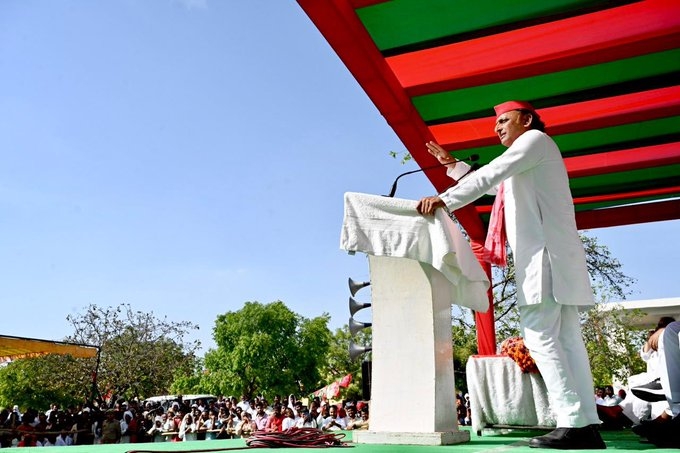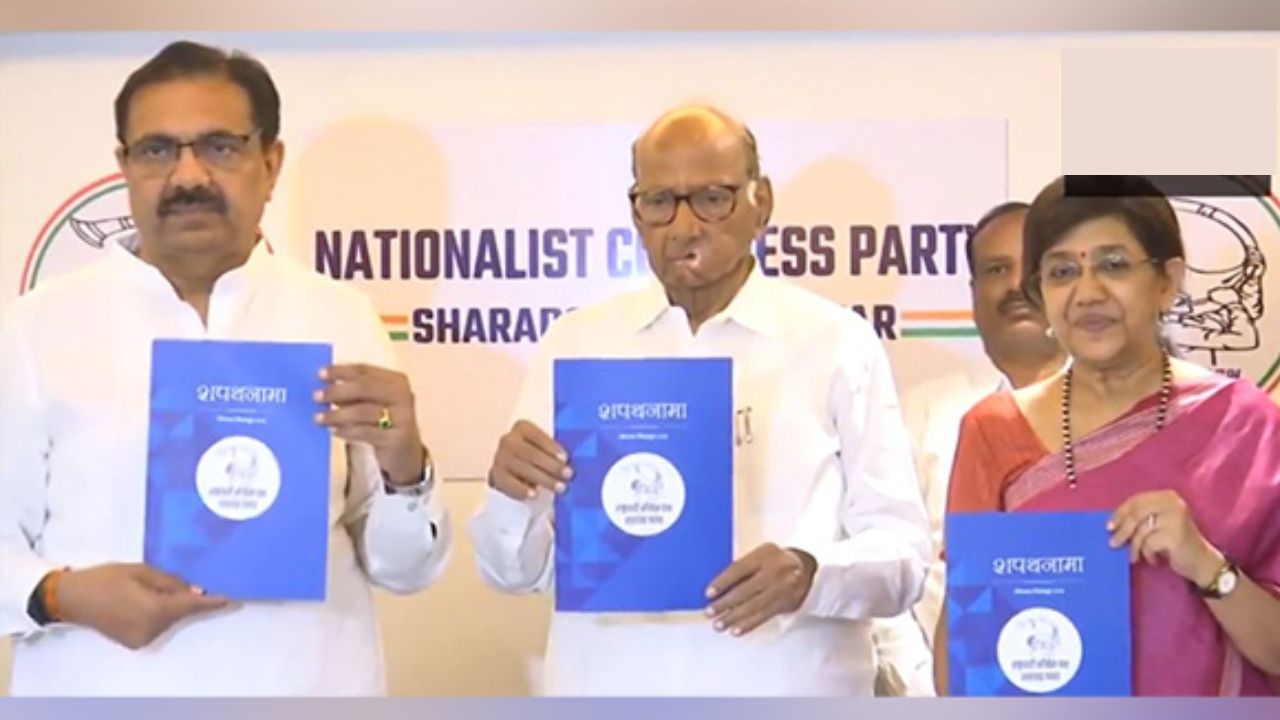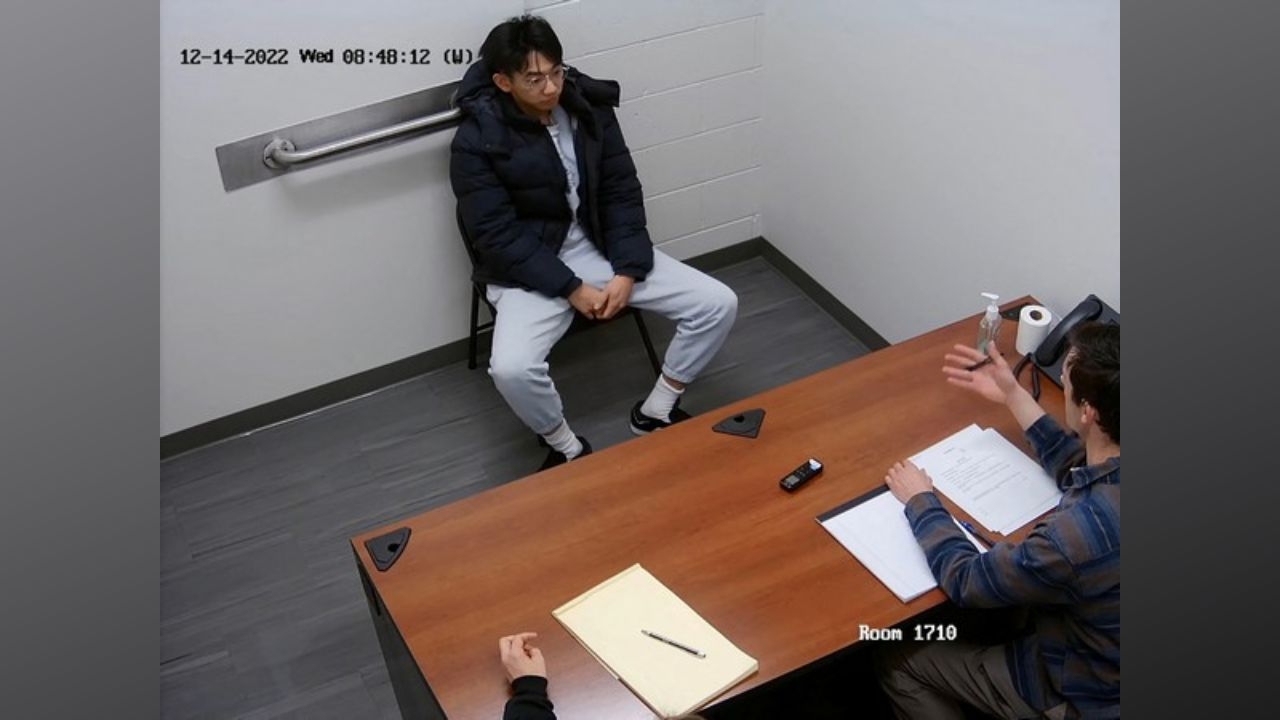Indian diplomacy under stress in Kathmandu as the Madhesh faceoff intensifies
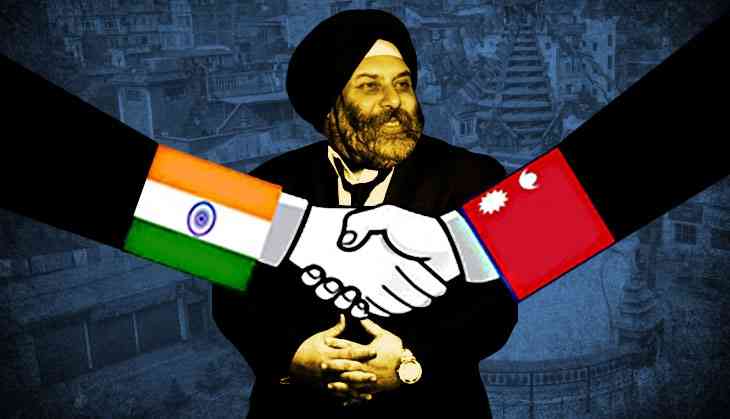
The newly-appointed Indian Ambassador to Nepal, Manjeev Singh Puri, hit the ground running. Within a day of his arrival in Kathmandu, he presented his credentials to President Bidya Devi Bhandari.
Soon after, he paid a well-publicised courtesy call to Communist Party of Nepal (United Marxist-Leninist) Supremo Khadga Prasad Sharma Oli.
Chairman Oli, one should recall, had cancelled President Bhandari’s planned visit to India last year when he was the Nepalese Prime Minister citing ‘lack of preparation’. President Bhandari’s Indian visit has now been officially scheduled for the third week of April. It will be her first foreign trip since assuming office a year ago.
Local media refrained from covering Ambassador Puri’s other consultations, but he met almost all political leaders of major parties in quick succession. His last high-profile call was made to Prime Minister Pushpa Kamal Dahal aka Prachanda as soon as the Maoist Supremo was back from his China trip.
Flush with the glow of warm reception that the Chinese had extended to him during the week-long visit, Premier Prachanda reportedly discussed the ‘entire gamut’ of bilateral relations with the Indian envoy.
After the Indian Army Chief General Bipin Rawat was conferred with the honorary rank of general of the Nepal Army by its Supreme Commander-in-Chief President Bhandari, Puri attended meetings of the visiting general with the Nepalese counterpart and other defence officials.
Soon after, the so-called Eminent Persons Group (EPG) – formed by Nepal and India to review the Indo-Nepal Treaty of Peace and Friendship 1950 – met in Kathmandu, adding a weight of formality to the hectic timetable of the newly arrived envoy.
The right connects
By all accounts, it has been an extremely busy fortnight for Puri with several courtesy calls, numerous consultations and multiple meetings with various stakeholders in Nepal. New to Nepal affairs, he has to rely upon detailed briefing from his diplomatic colleagues before each appointment.
However, there is something amiss amidst these reports of frenetic activities of the indefatigable envoy – there has been no report of Puri discussing political issues with Madheshbadi parties, Janjati activists, Dalit rights advocates or any other campaigners of equality and justice. It must be said, however, that the ambassador did meet some of them collectively at informal lunches.
Unlike other diplomats, the role of the Indian ambassador in Nepal can’t be limited to the catchphrase of ‘Protocol, Alcohol and Geritol’. In addition to being the plenipotentiary, the Indian envoy in Kathmandu can be called upon by the political class of the host country to be a moderator of issues, a mediator of conflicts, and an arbitrator of settlements with readiness to take the flak if anything goes wrong but with no corresponding right to claim credit.
It’s an unenviable task, and no Indian envoy has managed to gain accolades for his – no woman has graced the post so far – performance. Being an Indian diplomat in Nepal entails the responsibility of taking calls at any hour of the day or night, being a patient listener, a drinking buddy to the social elite, a wise counsellor to politicos, and occasionally even a taskmaster to keep errant players in line!
In addition to all that minutiae of politics and governance, the Indian envoy has the added responsibility of keeping an eye on hectic diplomatic activities in conspiratorial Kathmandu where high-powered delegations, military missions and diplomatic operators from all over the world are perpetually engaged in courting the favour of the local elite.
Guiding hand
There is a long history of Indians being decisive in the internal affairs of Nepal. The overthrow of the Ranas and the Shah Restoration in 1951 was achieved with the direct involvement of Indian Prime Minister Jawaharlal Nehru. Prime Minister VP Singh and Prime Minister Chandrasekhar had taken a personal interest in the 1990s for the re-establishment and strengthening of parliamentary democracy in the country after over three decades of royal-military rule.
More recently, the 12-point understanding reached between the Maoists and the mainstream parties in 2005, that laid the groundwork for the ending the decade-long armed conflict, was made possible due to the stewardship of President Pranab Mukherjee who was then the senior most member of Prime Minister Manmohan Singh cabinet.
From elections for the first Constituent Assembly in 2008 to its dissolution and formation of a non-political government in 2013 to conducting fresh polls – it was widely believed in Kathmandu that the Indian envoy was more influential in Nepalese affairs than even the Head of State of the country.
But, everything began to unravel after the formation of the second Constituent Assembly that gave a massive majority to status quo and regressive forces.
Indian isolation
In their eagerness to tame Maoists, Indians had backed the Permanent Establishment of Nepal to the hilt between 2008 and 2014. The White Shirts – a motley group of urban professionals in Kathmandu styled after Thai Yellow Shirts – had been mobilised to undermine the first Constituent Assembly.
It is widely believed that the 'coup by courts' and the formation of a non-political government had complete Indian backing.
At the behest of the Nepal establishment, Indian agencies used their influence to fragment the Madheshbadi parties. India entered the UNSC on1 January 2011, and had the United Nations Mission in Nepal (UNMIN) removed from Nepal within a month.
The ouster of Maoist government, dissolution of first Constituent Assembly (CA), the formation of an extra-constitutional government to conduct polls and formation of CA II saw the Nepal establishment working closely with Indian interlocutors.
Once it succeeded in re-capturing the state, the establishment had no further use of the ‘Indian hand’. There were other power centres to cultivate.
Westward ho!
Dating the relationship to the Sugauli Treaty sealed with the East India Company in 1816, Nepal celebrated the bicentenary of the bond last year. Britain has stood by the PEON through thick and thin.
The same is true of US-Nepal ties, which is being marked with a flurry of boastful activities at its 70th Anniversary.
The monarchical government in Nepal had always had a very close relationship with monoethnic states such as France, Germany and Japan. They continue to back remnants of the royal regime that still control the reins of government in Kathmandu.
The Chinese are famous for dangling a succulent carrot to ensure compliance with their interests but also visibly carry a very big stick should something untoward happen.
The Nepal establishment has always been very obedient to the Chinese. Together with Anglo-Americans, the Chinese backed it as it went about promulgating a regressive constitution through ‘fast track’ to maintain its stranglehold over the state and society even as survivors of Gorkha Earthquake cried out for help.
Due to misplaced priorities, earthquake survivors have continued to suffer as government authorities squabble over political issues.
The emergence of Scandinavian countries as powerful players in Kathmandu has contributed further to the isolation of Indian diplomacy. Scandinavians punch far above their diplomatic weight in the production of knowledge and formation of public opinion by working closely with the social, economic and cultural elite of the capital city through their media houses and NGO enterprises.
During the decade-long armed conflict, Scandinavians had invested heavily in the Unified Marxist–Leninist (UML) to prop up the Stalinists as a counterpoise to Maoists. Such a diplomatic-political alignment is ‘anti-India’ by its very nature. The more Prime Minister Narendra Modi tried to wean the Nepal establishment away from the Chinese fixation, the more tightly Anglo-Americans and Scandinavians embraced them.
The isolation of India was almost complete when some bright minds in New Delhi decided to back the half-baked idea of an economic blockade. The move massively backfired: It didn’t help resolve the constitutional crisis in Nepal but whittled down the moral authority of Indian diplomacy as Hindutva was perceived to be its overriding agenda.
Constitutional conundrum
The constitution was delivered as fait accompli to the Madheshis in September 2015 despite massive protests against the draft for months. Some cosmetic changes have since been made to placate Madheshi supporters of status quo forces. Fundamental issues, however, remain unaddressed.
The gerrymandering of provincial boundaries stands in the statute. Representation in proportion to population hasn’t been ensured. Contestations over citizenship rights continue.
Meanwhile, the regime wants to force local elections to gain legitimacy for the contested constitution through the back door and put proposed amendments in the cold storage. Understandably, the common front of Madheshbadi parties has decided to boycott all polls as long as issues raised by disaffected groups are not satisfactorily resolved.
Diplomatic test
Ambassador Puri is said to be an accomplished diplomat. His challenges in the coming days will consist of – but will not be limited to – winning over the confidence of the marginalised without antagonising the Nepal establishment beyond a point.
He shall have to engage all other diplomatic players to ensure a peaceful resolution of political contestations.
Diplomatic priorities of powerful players dictate political responses. For Anglo-Americans and their allies, Af-Pak instability and Chinese incursions into Bangladesh and Sri Lanka are the main worries in South Asia. Beijing fine-tunes its counter-moves accordingly. These contestants of global hegemony have little time or patience for the shenanigans of the PEON in Kathmandu.
For all their bluster, the EU, the Scandinavians and even the Swiss have little leverage outside of those directly benefiting from their largesse.
Indian diplomacy will have to go beyond its traditional constituencies – loyal relatives of Indian royals, ex-Gurkhas, Hindu preachers and influential business families – and cultivate new forces of Nepalese politics such as the Madheshis, the Janjatis and the Dalits.
Madheshis are orphans of geopolitics in South Asia. India needs to stand by their struggles for recognition, rights and dignity not only for peace, unity and stability of Nepal but also to ensure that it continues to remain first among equals in the diplomatic ring of Kathmandu.
India has too much at stake in Nepal to cede that space through immaturity of Hindutva think tanks or sheer negligence of more responsible authorities in New Delhi.
First published: 13 April 2017, 17:21 IST

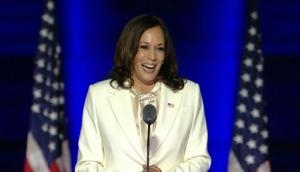
_251371_300x172.jpg)
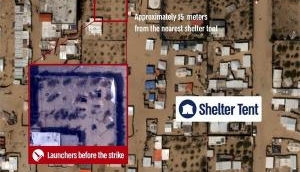

![BJP's Kapil Mishra recreates Shankar Mahadevan’s ‘Breathless’ song to highlight Delhi pollution [WATCH] BJP's Kapil Mishra recreates Shankar Mahadevan’s ‘Breathless’ song to highlight Delhi pollution [WATCH]](http://images.catchnews.com/upload/2022/11/03/kapil-mishra_240884_300x172.png)

![Anupam Kher shares pictures of his toned body on 67th birthday [MUST SEE] Anupam Kher shares pictures of his toned body on 67th birthday [MUST SEE]](http://images.catchnews.com/upload/2022/03/07/Anupam_kher_231145_300x172.jpg)


